

“The Sea” by HAEVN (courtesy of Kim Lichtenberg):
“Nature is a part of our humanity,
and without some awareness and experience
of that divine mystery man ceases to be man.“
Henry Beston
“We don’t care how we treat nature, yet we depend on nature for everything; from the air we breathe to our mental wellbeing.”
Narayan Tushar Kaudinya
nature filmmaker and writer
“Le Onde” (The Waves) by Ludovico Einaudi (courtesy of Beatriz):

Years ago I was given a postcard with text printed on the front in bold lettering. The words had such an effect on me that I framed the card and have had it above my desk since. This is what the words say:
“For the animal shall not be measured by man.
In a world older and more complete, than ours,
they move finished and complete, gifted
with extensions of the senses we have lost
or never attained, living by voices we shall
ever hear. They are not bretheren; they
they are not underlings; they are other nations, caught
with ourselves in the net of life and time,
fellow prisoners of the splendour and travail
of the Earth.”
Henry Beston, the author of these exquisite verses, spent a year in a small house at Eastham Beach on Cape Cod. His account of this stay is a stirring evocation of nature and solitude and it resulted in a book, The Outermost House. The chapter ‘The Headlong Wave’ articulates the grandeur and mystery of a roaring surf with as much beauty and accuracy as can be possible in prose. The wonderful description of rarely witnessed or experienced being at night on the beach in winter or at night are startling and visionary and include an unmissable description of the “primeval ferocity and intensity of life ” embodied by crowds of fish – predators and prey – swarming under a full moon.
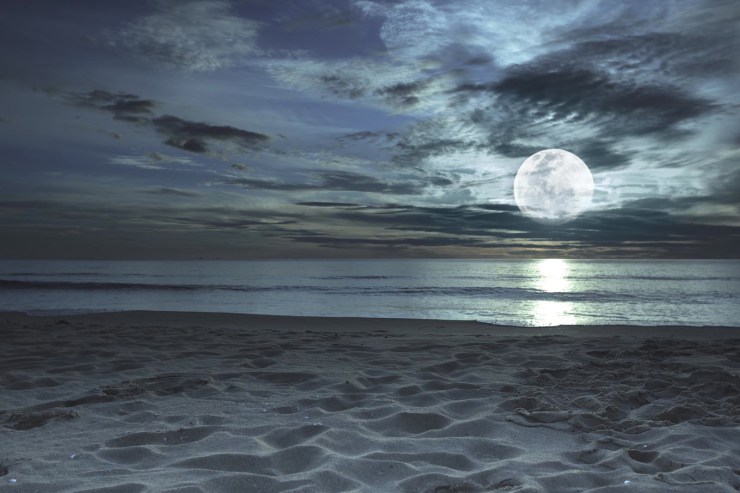
It is just as rewarding to encounter the other phenomena he observes from his perch in the little house overlooking the North Atlantic and the dunes: the migration of shore and sea birds; the daily dramas of light and weather; the choreography of wind, sand, and ocean; the pageant of the changing seasons. Though it first appeared in 1928, The Outermost House remains vivid and satisfying, with an imaginative reach and stylistic eloquence that set it apart from most nature writers. With its rhythmic, sublime language that it is impossible to better and the sensory power of each and every sentence, The Outermost House is an American classic that changed writing about the wild: an ode to ancient, eternal patterns of life and creation.
The Outermost House, Cape Cod
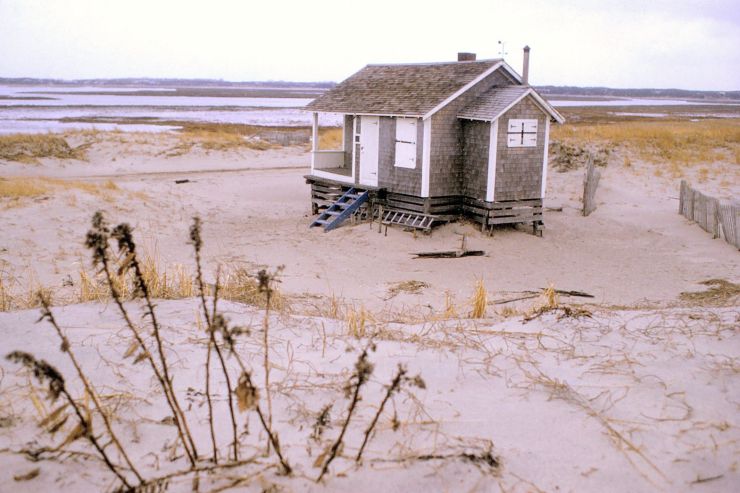
The trailer for a documentary in production about Henry Beston (courtesy of Christopher Seufert):
HENRY BESTON SHEAHAN
1 June 1888 – 15 April 1968

Quincy, Massachusetts

Henry Beston was born in Quincy, Massachusetts. His father was a doctor of Irish descent; his mother, a French Catholic. As his mother died when he was eight years old, Beston was drawn to France when he grew up; after he was educated at Harvard, he later also studied at the University of Lyon.
Harvard University
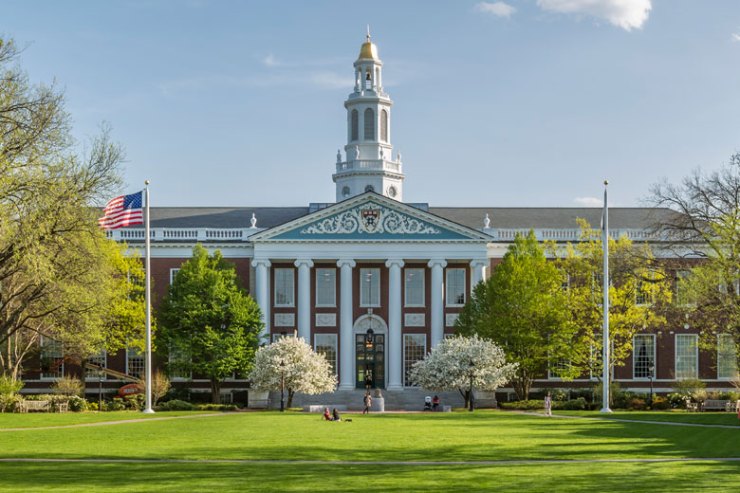
University of Lyon

In 1915, he joined the French army and served as an ambulance driver on the Western Front. In the last year of the war, he joined the US Navy as a press representative. Perhaps, as a result of the horrors of the war, Beston’s first books were fairy tales for children. During his service, he saw many men die. In one incident, which he wrote about, he had a conversation with a young soldier on guard duty. Moments after Beston walked away, a shell falls and he watched as the soldier seemed to inflate like a balloon, then fell back, imploded. “A chunk of the shell had ripped open the left breast to the heart. Down his sleeve, as down a pipe, flowed a hasty drop, drop, drop of blood that mixed with the mire.”
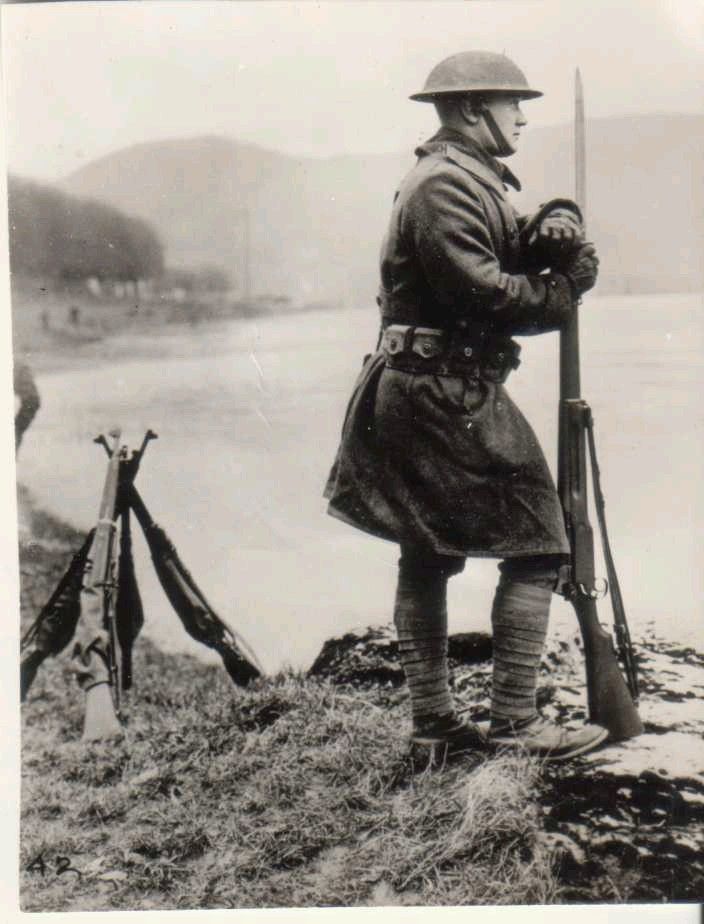
“Piano Concerto No. 2 in F Major, Op. 102 II. Andante” by Dmitri Shostakovich:
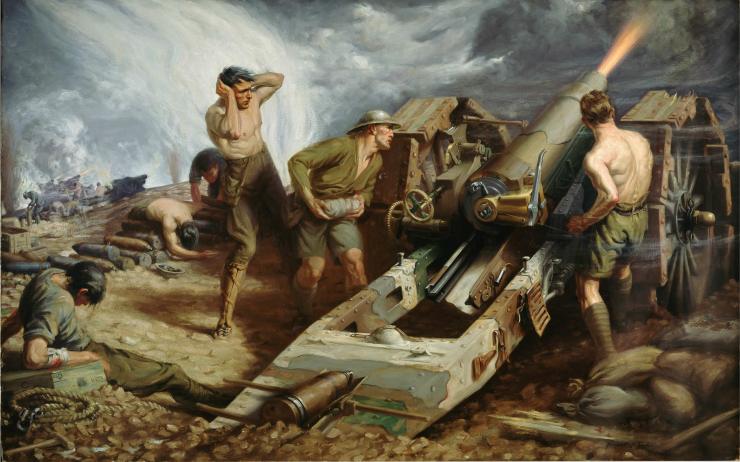
“The Quiet Room” by Debbie Wiseman:
Beston found a kind of solace in his retreat into nature during his stay in his two-room cabin on the shore of Cape Cod. Perhaps he even suffered from what we now call post-traumatic stress disorder. The only human contact he had during his stay in the dunes, was with two young surfmen who were working at the lifeguard station. He called them soldiers of the sand and sea, patrolling the dunes in all weathers. Beston kept hot coffee on his hearth to give the patrolmen during the night when he heard them approaching to check that he was safe and well. In the depths of bleakest winter, they would be patrolling the beach, holding high their lanterns looking for lost souls. “Those lights along the surf have a quality of romance and beauty that is Elizabethan”, he said, “that is beyond all stain of present time.”

“When The Light Of Morning Comes” by Lisa Gerrard and Marcello De Francisci (courtesy of Lisa Gerrard):
It is obvious that the wars, the technology, and the complexity of big city urban life did not matter in the solace of the dunes. Even now this desolate land seems to belong to another time. The Outer Cape is set thirty miles out into the Atlantic. The people who were living here first were the Nauset and the Wampanoag – their name means People of the Dawn, since this is where first light rose over New England.
The Pilgrims being greeted by the Wampanoag
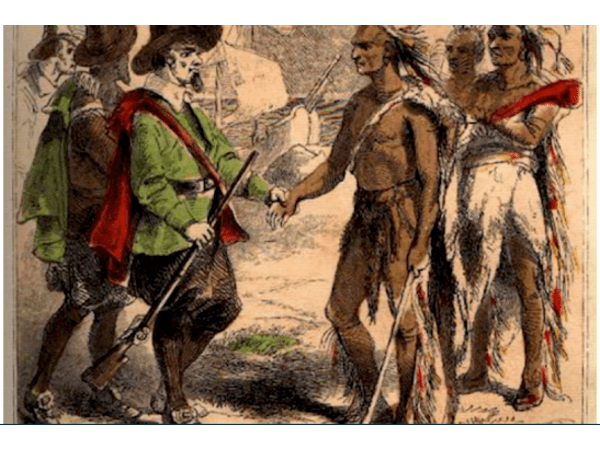
The Pilgrim Fathers came here in 1620, having left Southampton, England but found it a difficult place to settle. Apart from a few scattered fishing villages, it is still bleak, although a beautiful place with the sea swarming with seals, while the squealing birds above dive to get their catch. The sea is freezing and unforgiving. Beston must have felt part of the elements here. All along the coast, there are shipwrecks that the ocean broke-up and then spat out as a warning to those foolish enough to attempt conquering something so much greater, so much more powerful than humans.
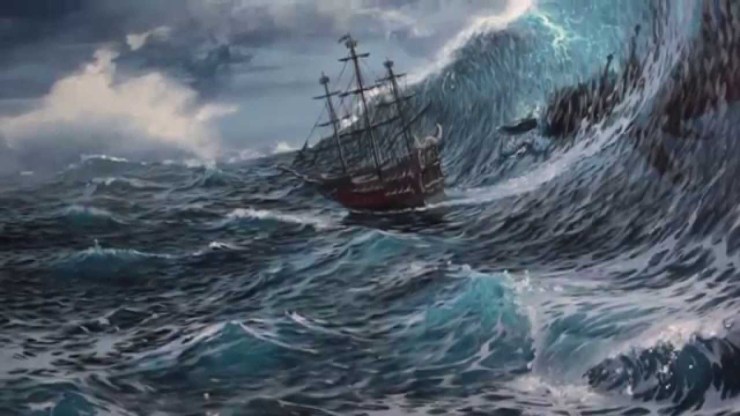
Beston observes every detail of the changing seasons, the days and the nights. Not wanting to miss anything, he hardly sleeps; his couch positioned by the open (even in winter) window, he longs to be part of the beach, the sea, and the sky. The sea often laps the steps to his cabin, while his sleepless mind is drawn to the stars, the moon, and the sun and the vastness of the firmament stretching above the ocean. Yet, it is the sea that is the greatest drama, because it is always there and it answers his yearning for reconnection with the natural world. The famous passage (I would say every sentence is!) in which he writes:
“We need another and a wiser and perhaps a more mystical concept of animals.
Remote from universal nature, and living by complicated artifice,
man in civilisation surveys the creature through the glass of his knowledge
and sees thereby a feather magnified and the whole image in distortion,”
In another he writes:
“Solitary and elemental, unsullied and remote,
visited and possessed by the outer sea, these sands
might be the end or the beginning of a world.
Age by age, the sea here gives battle to the land;
age by age, the earth struggles for her own,
calling to her defense her energies and her creations.”
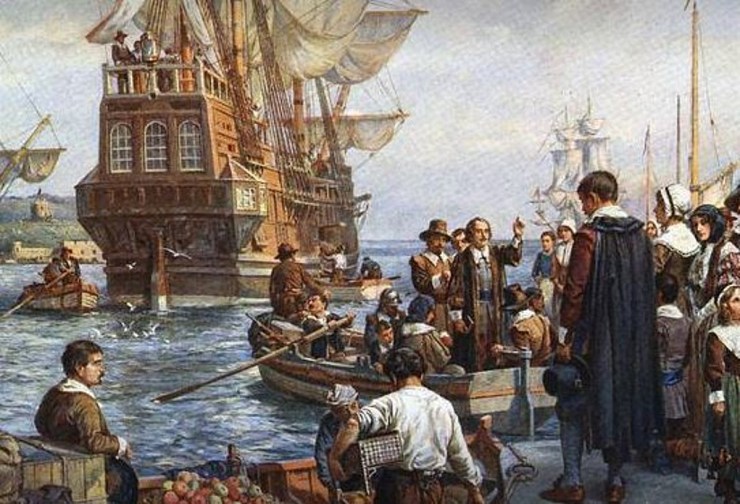
The Mayflower arrival at America’s shore
It was only by leaving the Cape that Beston could write and tell us about his experience, his vision in his house at the end of the world. In his book, he immortalised the roaring, crashing, rising sea, the unique landscape, the creatures of the land, the sea, and the sky. One critic called him a highly moral and innocent man, and his work, unforgettable. THIS WAS HIS LEGACY.

“The Sea” by Morcheeba (courtesy of Jovan Uhrin):
Beston returned to the house for the last time in October 1964, when it was dedicated as a National Literary Landmark.
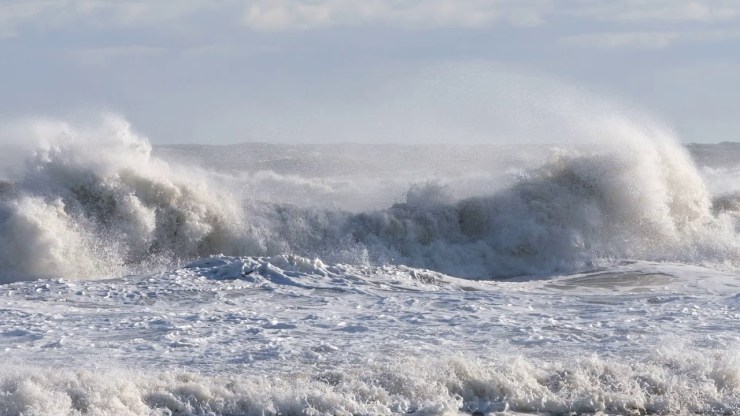
Henry Beston died on 15 April 1968. His cabin only outlived him by ten years. It was washed away in the storm of 6-7 February 1978, and the beach, desolate once more was returned to nature and its creatures. Only the dunes grew bigger and higher.
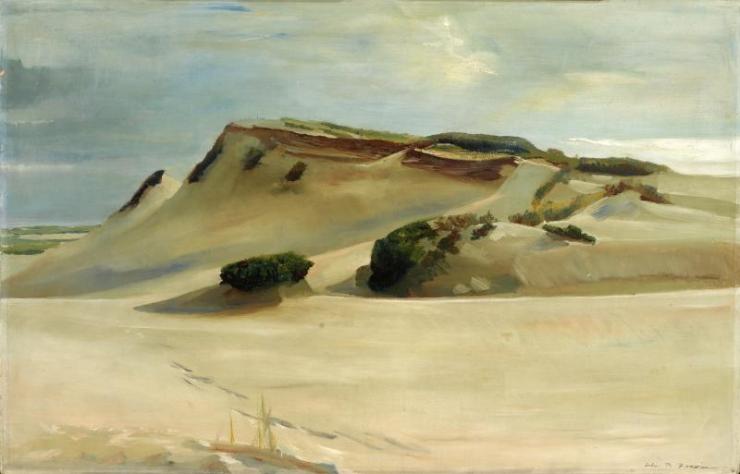
Courtesy of Don Wilding:
Here is an extract from the masterpiece THE OUTERMOST HOUSE:
“The last two weeks in October see the peak of the autumnal visitations. In November and December, the stream from the inland shrinks, but the coastwise stream, continuing to flow, brings us down a rare and curious world. Of this, I shall write at greater length, for I found it of enormous interest. Here, approaching the end of my notes on birds and autumn, I chance to remember that one of the strangest and most beautiful of the migration over the dunes was not a movement of birds at all but of butterflies. There came a morning early in October which ripened, as the sun rose higher, into a rather mild and September-like day, the wind was autumnal, I recall, and from the north by west, but the current was both mildly warm and light. As it was a day to be spent out-of-doors, soon after ten o’clock I went out round the back of the Fo’castle* into the sunlight and began to work there on a bin I was putting together out for driftage. I looked about, as I always do, but nothing in the landscape chanced to take my eye. Sawing and hammering, I worked for about three quarters of an hour and then downed tools to take a moment’s rest.

During the hour, a flight of twenty or more large orange-and-black butterflies had arrived in the region of the dunes. It was a flight, yet were the individuals far apart. There was at least an eighth of a mile between any two, some were on dunes, some were on the salt meadows, three were on the beach. Their movements were casual as the wind, yet there was an unmistakable southerly pull drawing them on. I tried to catch one of the travellers on the beach, and though I count myself a fair runner, it was no easy work keeping his turns and erratic doublings. I wish him no ill; I simply wanted to have a better look at him, but he escaped me by rising and disappearing over the top of a dune. When I reached the same top after a scramble up a steep of sand the fugitive was already a good eight of a mile away. I went back to my carpentry with an increased respect for butterflies as fliers.

An entomologist with whom I have been in correspondence tells me that my visitors were undoubtedly specimens of the monarch or milkweed butterfly, Anosia plexippus. In early autumn adults gather in great swarms and move in a generally southward direction, and it is believed (but not proved) that New England specimens go as far as Florida. The following spring individuals (not swarms) appear in the North apparently coming from the South. We do not know – I am quoting this paragraph almost verbatim – whether these are returning migrants or whether they are individuals that had not previously been in the North. We do know that none of the fall migrants had previously been in the South.
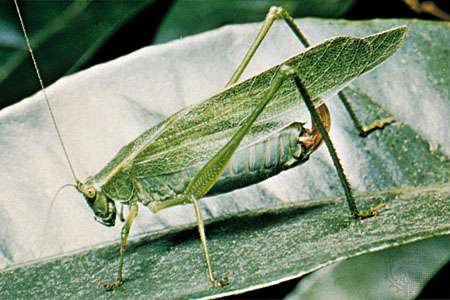
The butterflies of Eastham remained upon the dunes the rest of the morning. I imagine that they were in search of food. Between half-past one, they melted away as mysteriously as they had come, and with them went the last echo of summer and the high sun from the dunes. And that day I finished my bin and filled it and began to build a wall of seaweed round the foundation of my house. A cricket sang as I worked in the mild afternoon, alive and hardy in his cave under my driftwood mountain, and beyond this little familiar sound of earth I heard the roar of ocean filling the hollow space of day with its inexorable warning.”
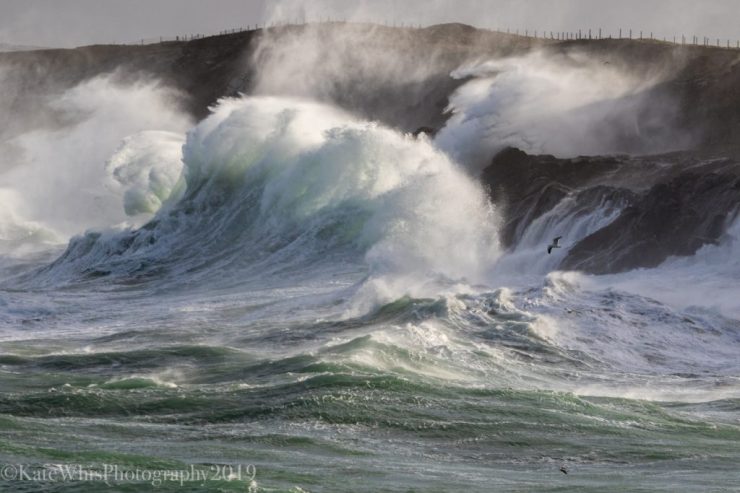
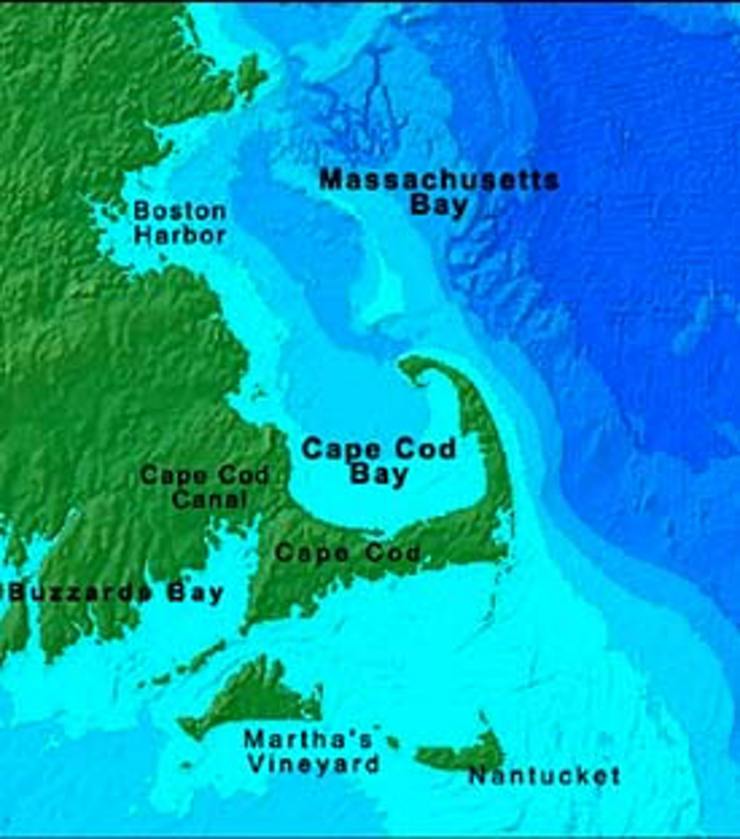
A last anecdotal footnote: Henry Beston was a very handsome man but when he proposed to the nature writer, Elizabeth Coatsworth, she agreed only on the condition that he should publish this book first. By then, he had been already waiting quite a long time for her return from her travels abroad, but as that was their agreement, he published his masterpiece in 1928. They were married the following June. They lived in a farmhouse in Nobleboro, down east in Maine, where they brought up two daughters.
Elizabeth Coatsworth

Henry Beston and his daughter Kate

The Beston farmhouse, Chimney Farm, in Nobleboro, Maine
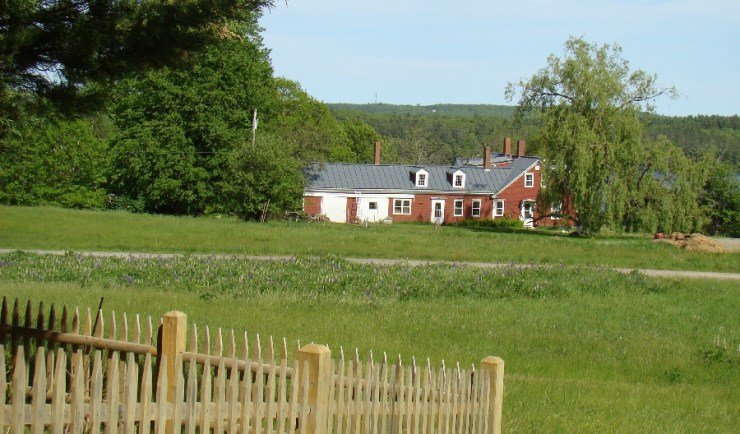
Known for his quest for perfection, he sometimes would work on one sentence all day; his wastepaper basket full of hundreds of pages with only one crossed sentence on each of them. When I read the sublime verses of his book, I find his method of working, fully justified.
Courtesy of Atheos Nous:
“An Ocean of Memories” by James Horner (courtesy of marazulmalaga españa):

.
I did. Sending them over.
LikeLike
Did you see my new post?
LikeLiked by 1 person
Yes.
LikeLike
I am waiting!
LikeLike
The videos are wonderful. Thank you, Joanna.
LikeLike
Thank you, GP, for your kind comment! Greatly appreciated.
Joanna
LikeLiked by 1 person
Joanna, you had me when you began this post with “The Sea” video followed by “The Waves”. Tranquility followed by raw power! Wherever do you find these videos? As I watched them I did “sit back and relax” and thought about the contrasting experiences of the adventures of the three sailors in the book I just finished reading: “Great voyages in small boats: Solo circumnavigations”. From weeks in “the doldrums” to their harrowing passages around the southern tips of South America and Africa, they lived those contrasts. Encompassing a time period from 1895 to 1958, it’s a good adventure read even for landlubbers!
Fifty years ago when I lived 2 hours from Cape Cod, I read Henry Beston’s “Outermost House” and enjoyed it. Sadly, an imperfect memory means I have forgotten many of the details. I never knew he was in the ambulance corps in WWI. I have experienced the healing power of nature, too and now It is time for another journey through those pages.
I am fortunate to have grown and lived in rural areas of this earth. This environment is nourishing and has brought solace at times when that was needed to slow the pace of life. Whether water, wildflowers, willows, wild mammals or the wonderfully magical migration of Monarchs – each can bring a peace to the fullness time. Beston had it right: there is no hierarchy of species in nature; all are “caught with ourselves in the net of life”. If only those in the fast lane of life could benefit from dose of the natural world, I think we would bring kindness to those around us.
Henry Beston and his wife Elizabeth Coatsworth settled in Nobleboro, ME which is just 30 minutes up the land neck from Southport where Rachael Carson had a cabin near the shore. They were geographic contemporaries for a while and Carson acknowledged Beston as a mentor. Did they ever meet? Certainly they were kindred spirits. Here is a link to Carson which includes an audio file of a Hermit Thrush, one of my favorite birds. https://rachelcarsoncouncil.org/about-rcc/about-rachel-carson/rachel-carsons-cottage-at-the-edge-of-the-sea/
Thank you, Joanna, for another thoroughly captivating composition.
Stewart
LikeLike
Thank you, Stewart, for wonderfully captivating comments! Also, thank you for the link to the beautiful voice of a Hermit Thrush. Your words are greatly appreciated!
Joanna
LikeLiked by 1 person